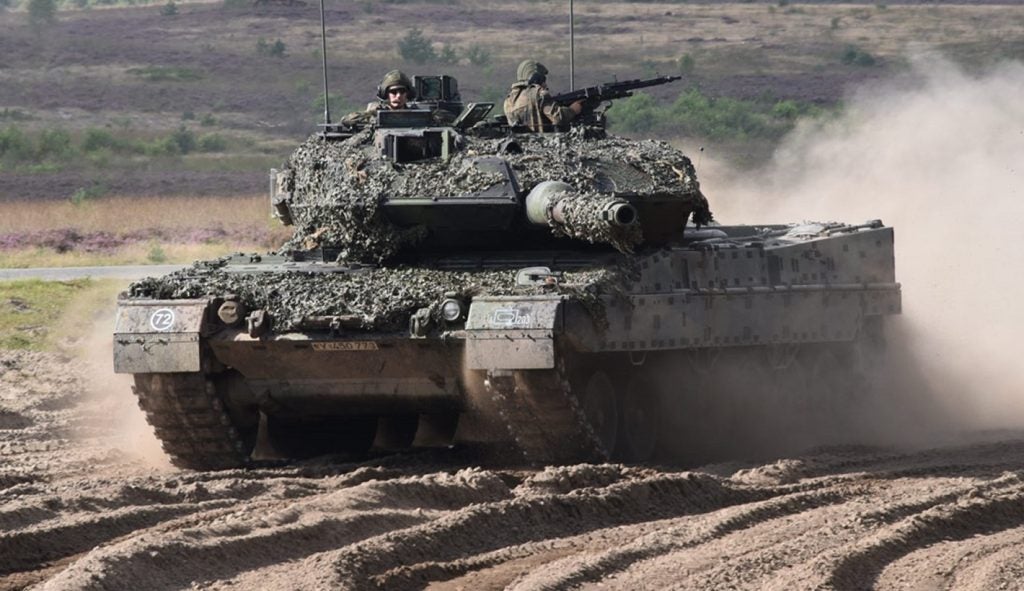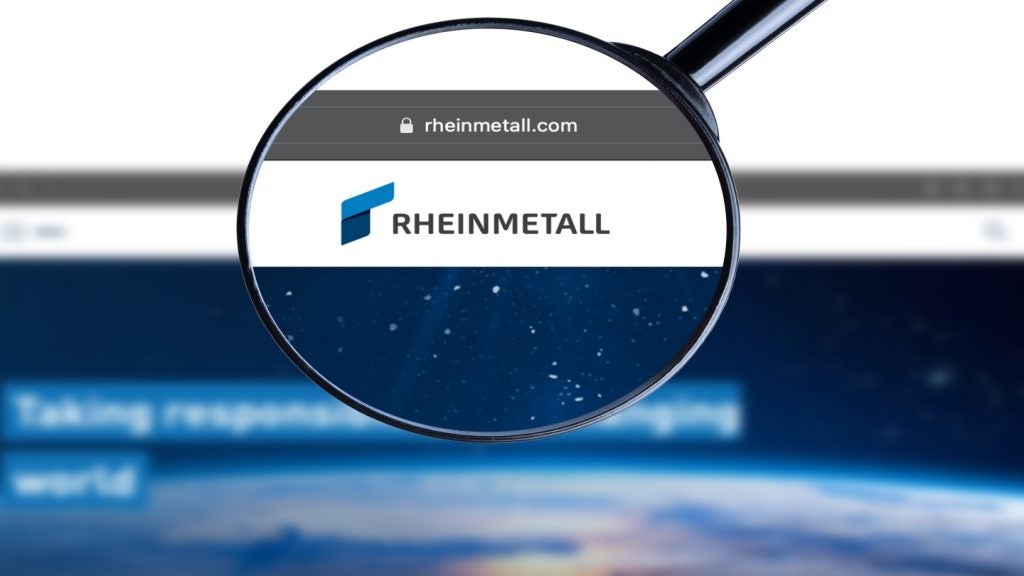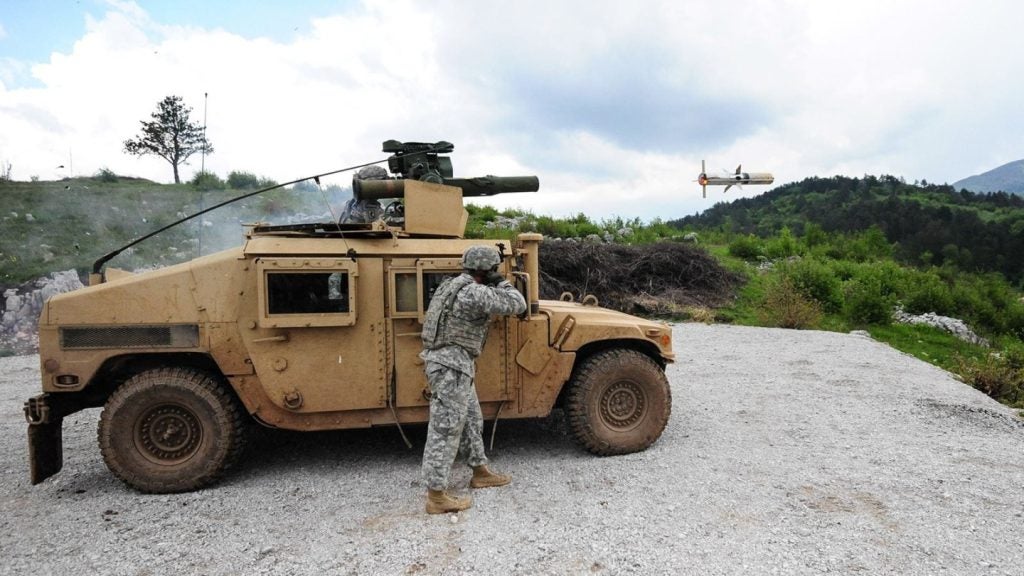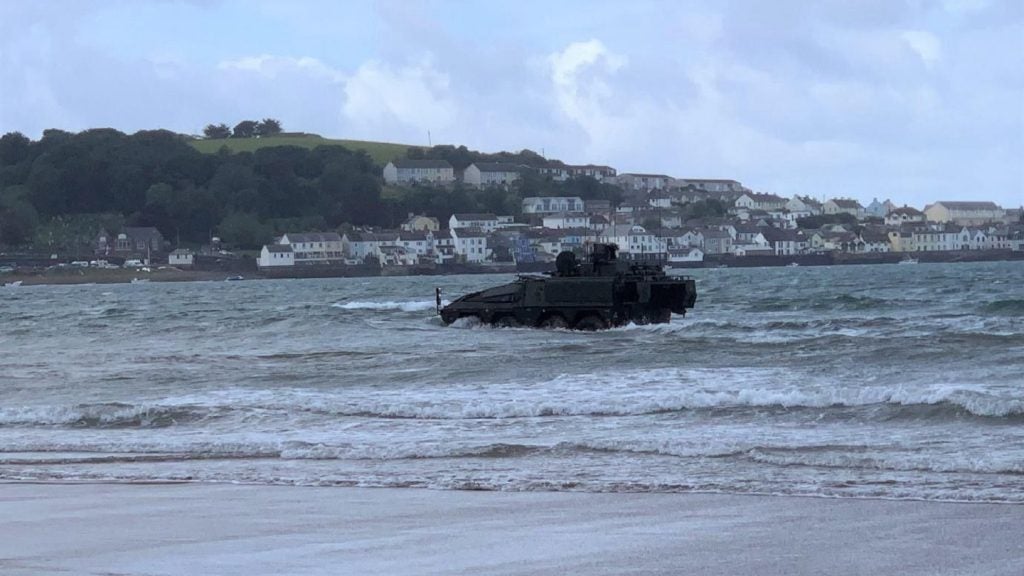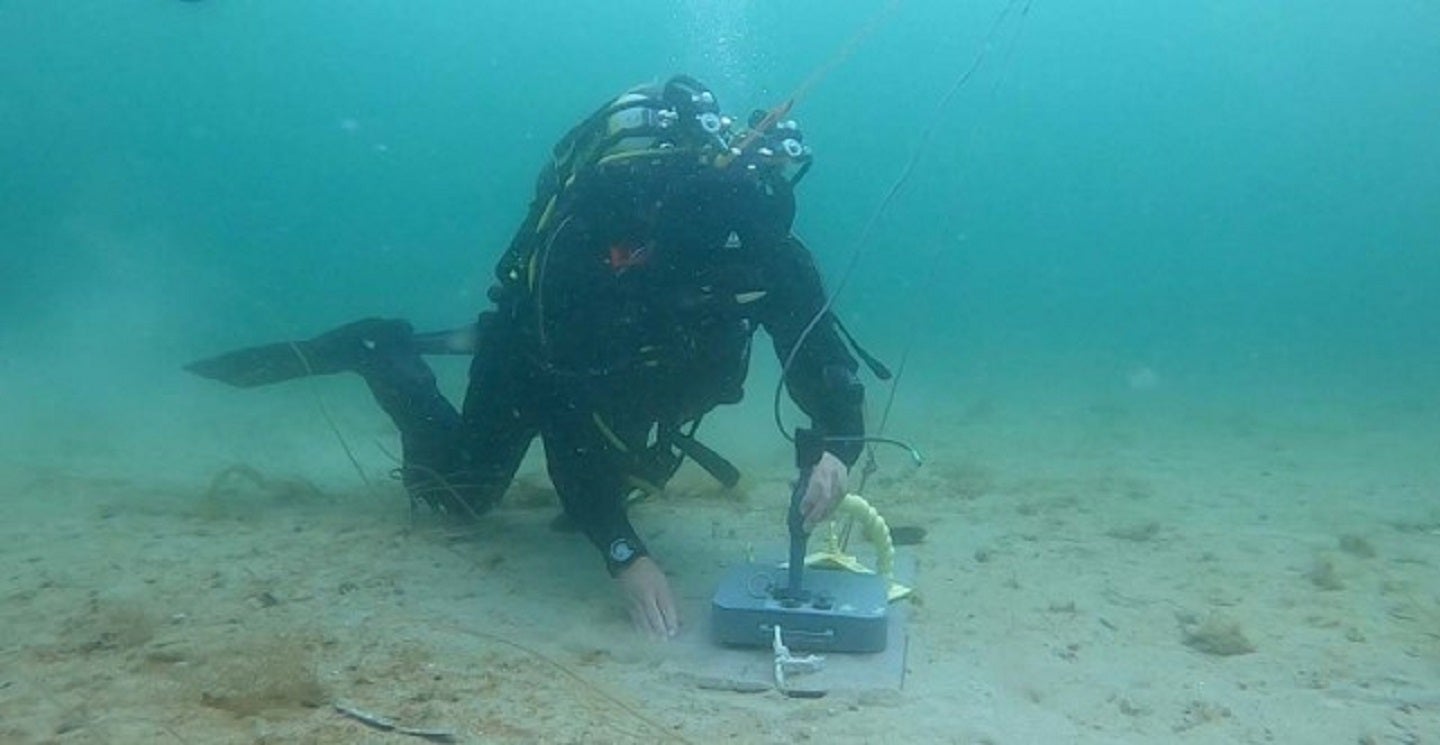
UK Royal Navy divers, bomb disposal and mine warfare experts are training their Ukrainian counterparts to find and safely neutralise mines and other explosive devices.
Russian forces have set up a range of explosive devices during the war in Ukraine. Recently, the commercial satellite imagery company, PlanetLabs, released an image of incongruous “objects resembling explosives on the roof of several power units of the Zaporizhzhia nuclear power plant” amid the war in Ukraine.
These devices blight Ukrainian land and waters, so “this training will ensure that once the war is over, Ukrainian people and the commercial shipping industry can live and operate without fear or risk from explosives,” the Royal Navy stated in a release on 21 July.
Specialist personnel from the Royal Navy’s Diving and Threat Exploitation Group (DTXG) – experts in dealing with explosive threats on land through extensive experience in Afghanistan, and at sea with the UK’s respected mine warfare forces – used the remote waters of Loch Ewe in north-west Scotland to pass on their knowledge and expertise to Ukrainian Navy divers, Ukrainian explosive ordnance disposal operators and personnel who work with uncrewed underwater vehicles (UUVs).
Building on training the Royal Navy has provided over the past 12 months to Ukrainian personnel – which includes F-16 fighter pilot and Challenger 2 main battle tank training schemes – this is just one element of the United Kingdom’s widespread commitment to training and supporting Ukraine.
Explosive countermeasure assets
Ukrainian teams used UUVs – submarine robots packed with cutting-edge technology such as sensors that generate images of objects so operators can identify the threat.
Once the team identified a threat, the divers neutralised the device to make the area safe. The training dealt with different types of exercise targets: free-floating buoyant mines, ground mines and improvised explosive devices in, on, and around the water.
According to GlobalData intelligence, though UUVs have been part of naval operations for several decades, advances in vehicular autonomy are driving a newfound interest in large platforms such as Large UUVs or Extra-Large UUVs, as well as swarming capabilities for smaller UUV platforms.
Although the leading intelligence consultancy company expects autonomy to drive the UUV market, manual disarming will continue to play a critical role in disarming explosives.
GlobalData forecasts expenditures in the global UUV market to rise from $379m in 2023 to $965m by 2033 as the market continues to surpass its previous records. Demand for military UUVs is driven by the development of autonomous mine-countermeasure capabilities and the implementation of hybridised fleet initiatives by several nations including China, France, Russia, the UK, and the US.




